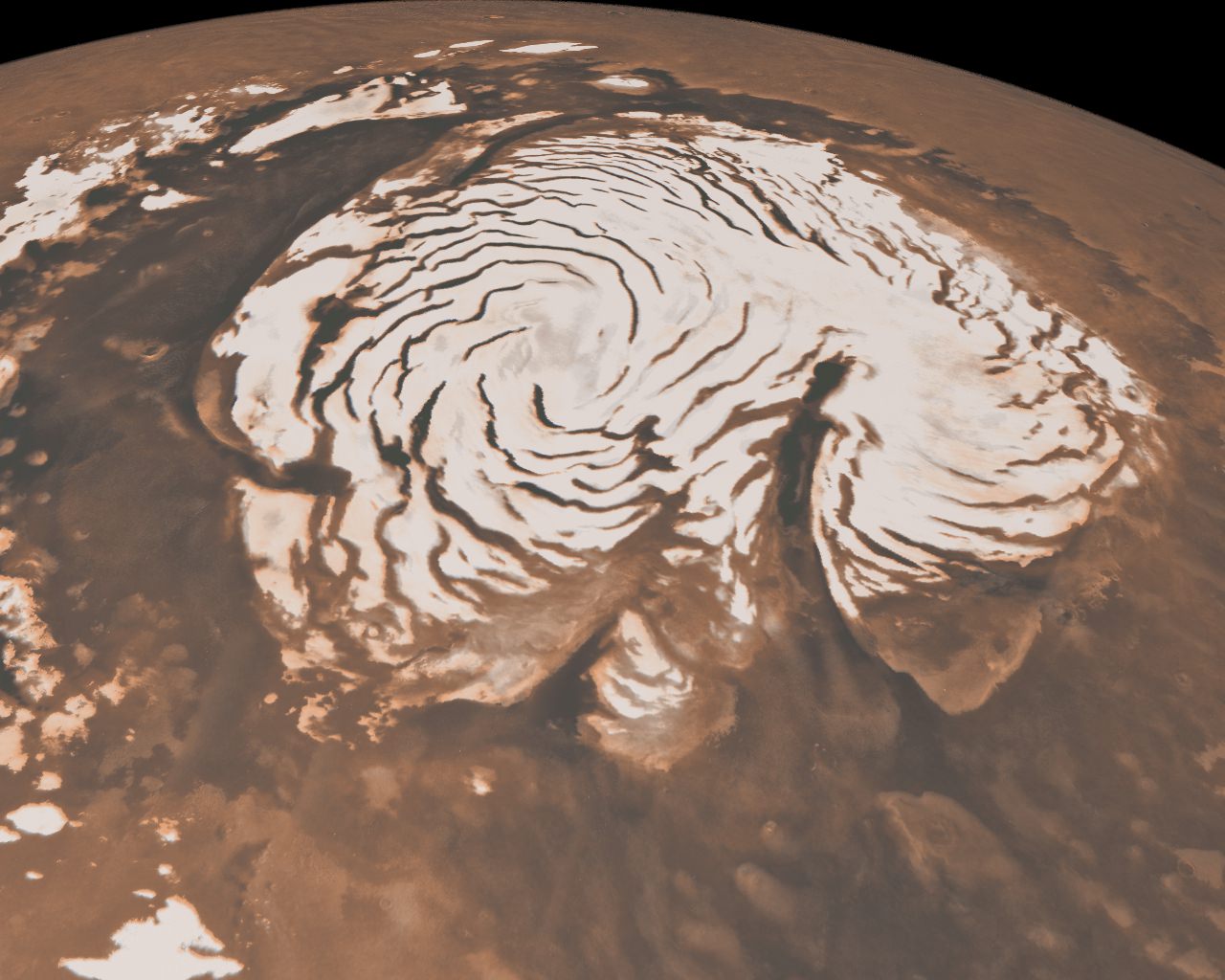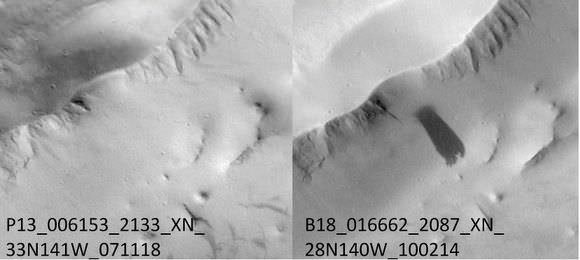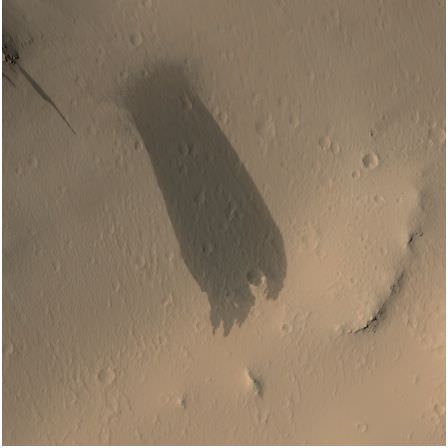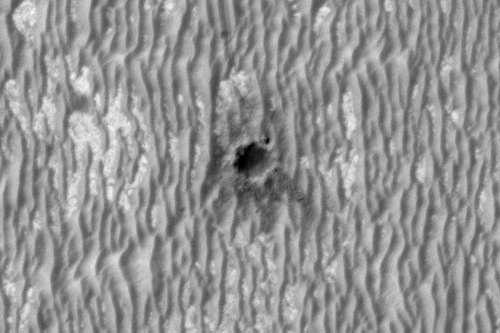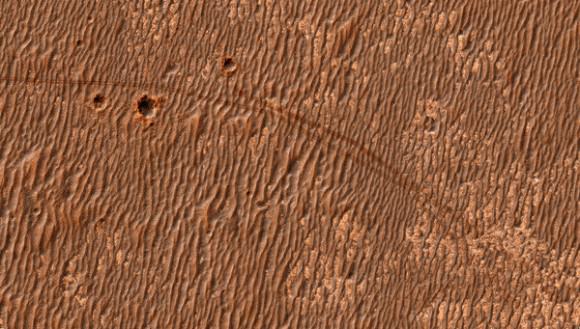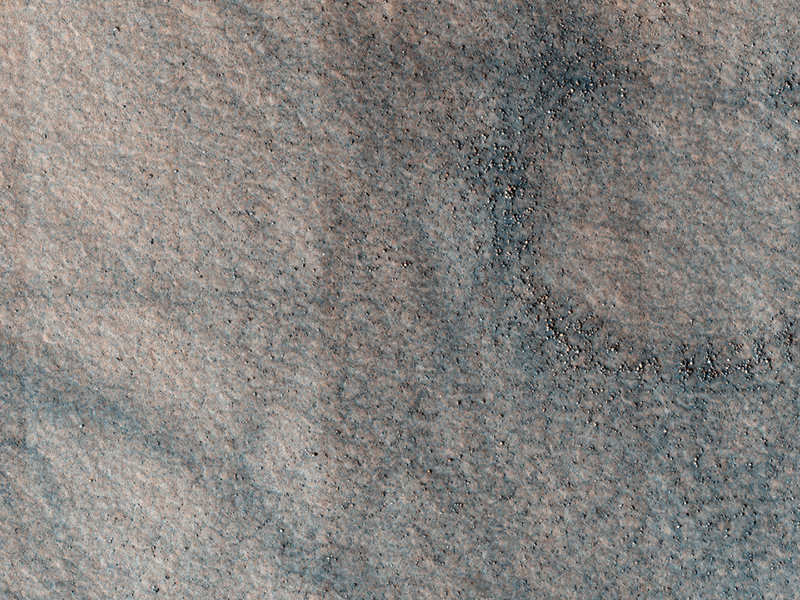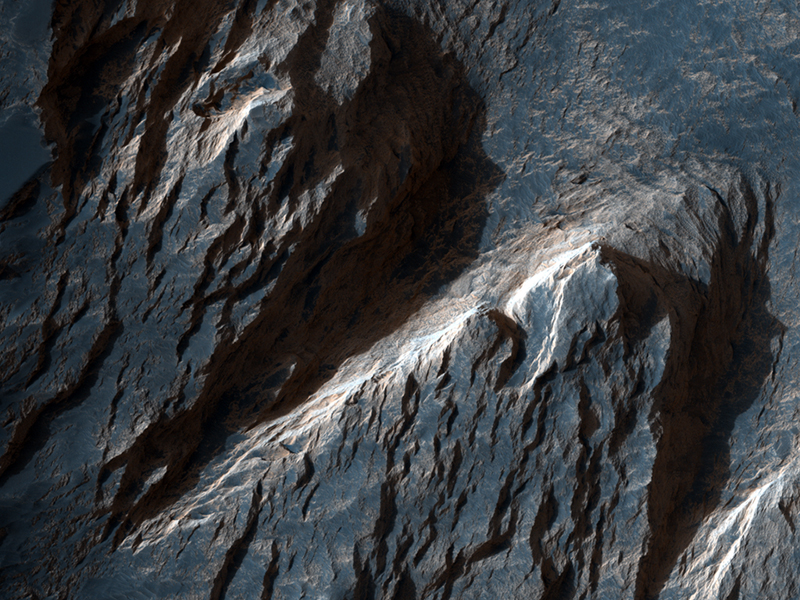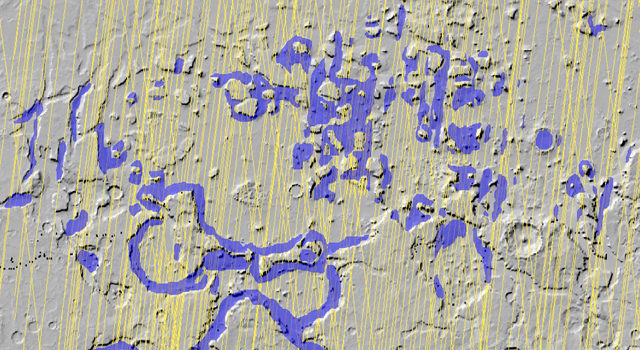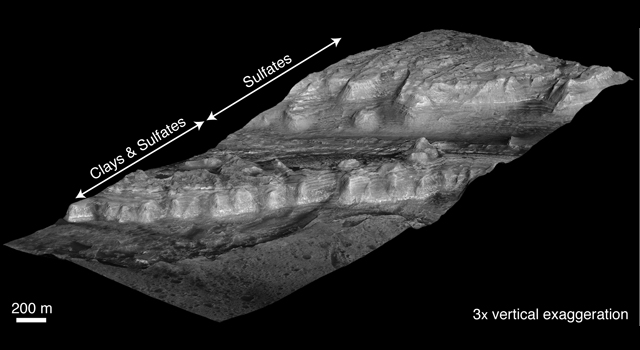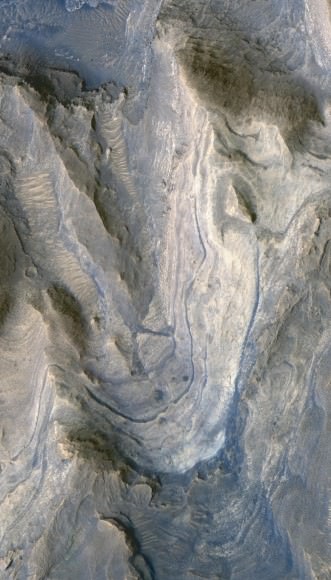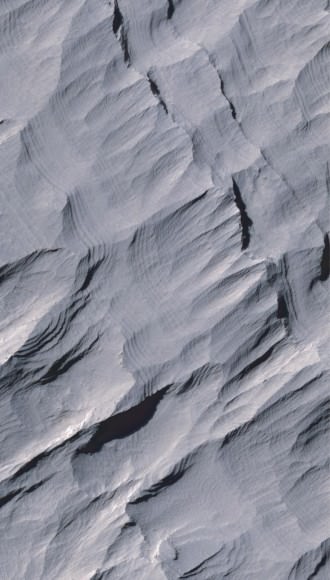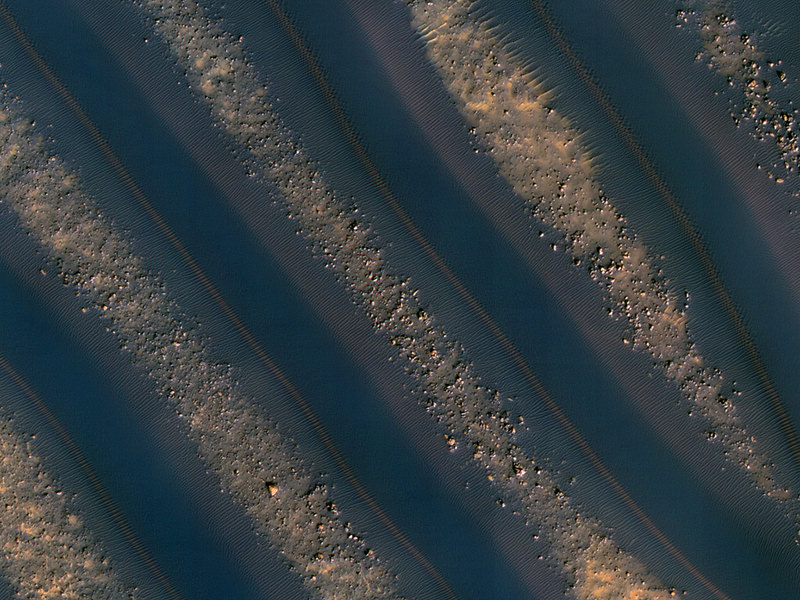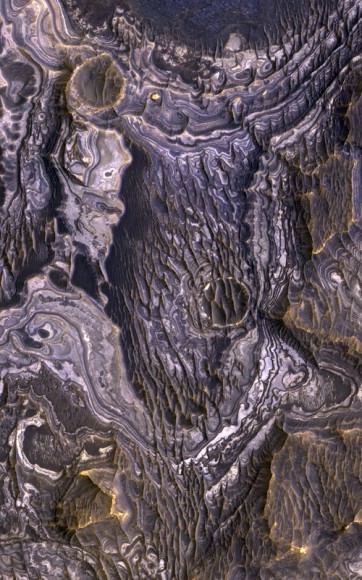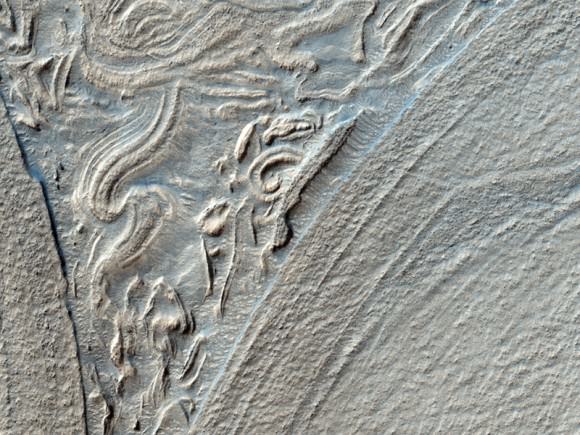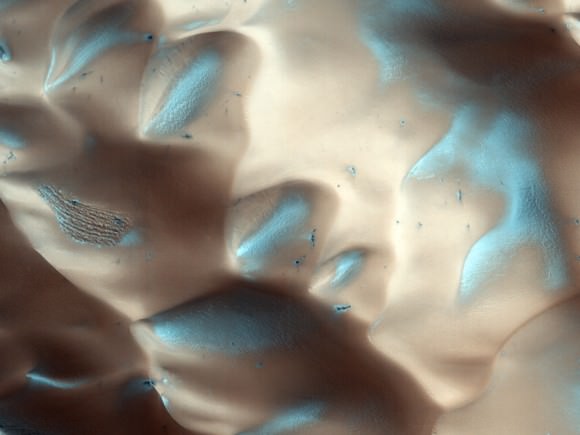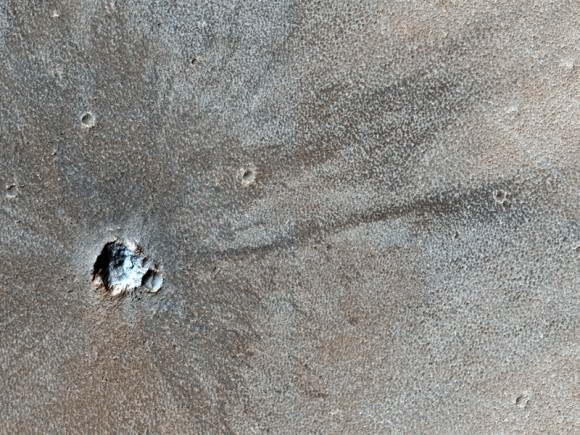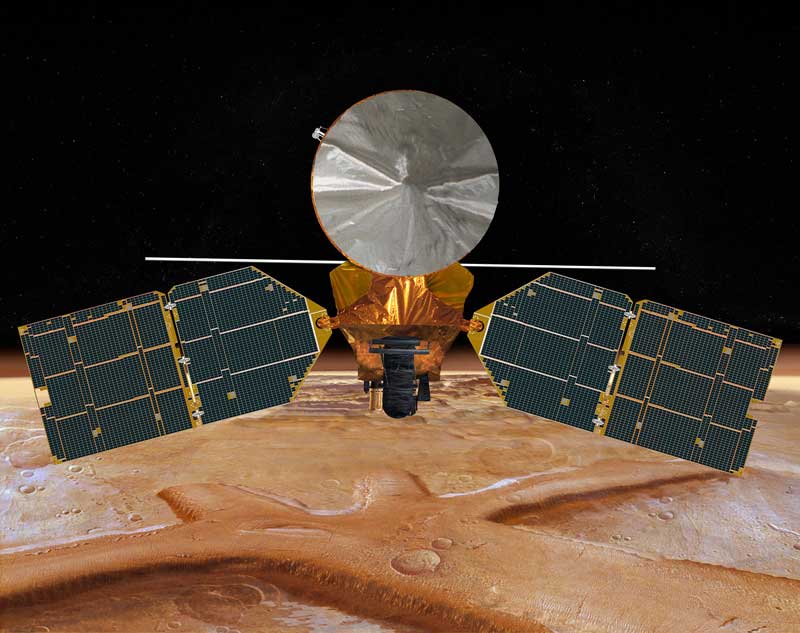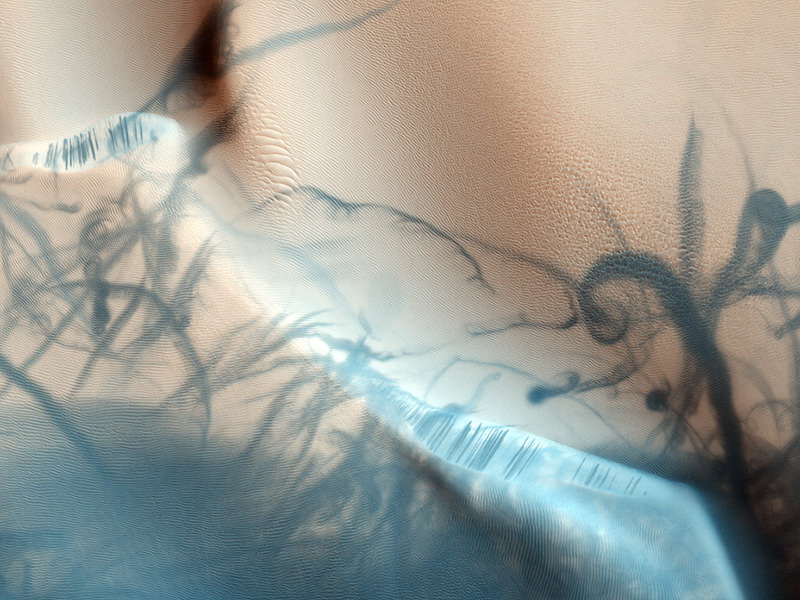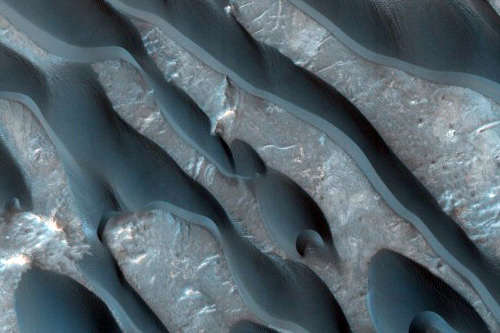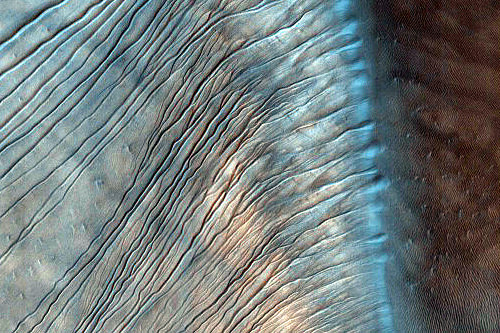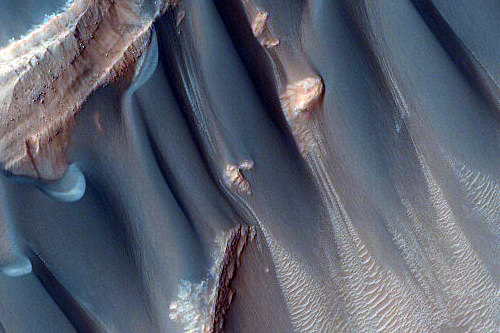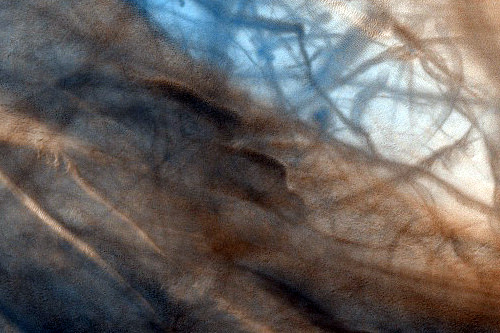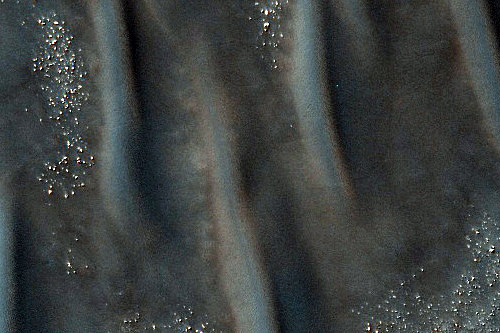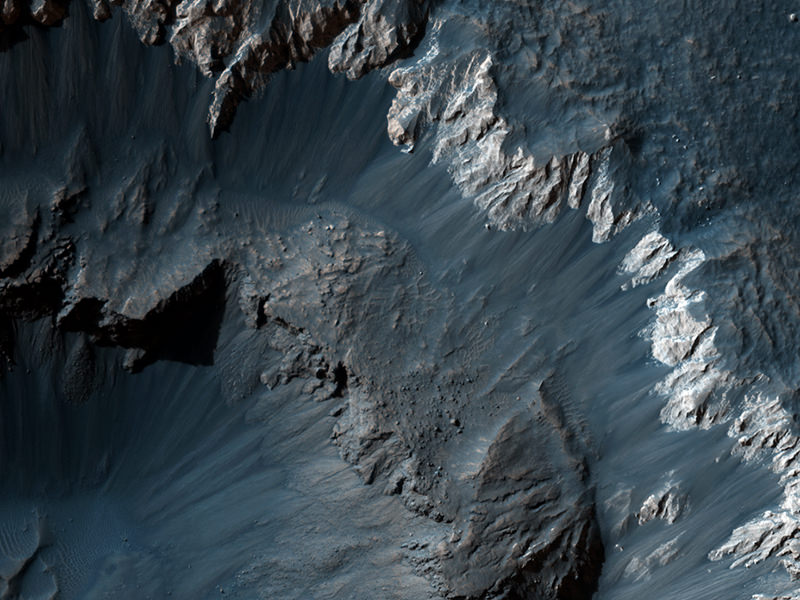[/caption]
No sooner do we post one article about water on Mars when it’s time for another. Planetary scientists have uncovered telltale signs of water on Mars — frozen and liquid — in the earliest period of the Red Planet’s history. They found evidence of running water that sprang from glaciers throughout the Martian middle latitudes as recently as the Amazonian epoch, several hundred million years ago. These glaciofluvial valleys were, in essence, tributaries of water created when enough sunlight reached the glaciers to melt a thin layer on the surface. This led to “limited surface melting” that formed channels that ran for several kilometers and could be more than 150 feet wide.
The finding is “more than ‘Yes, we found water,’” said Caleb Fassett from Brown University, who along with Brown research analyst James Dickson, professor James Head III, and geologists from Boston University and Portland State University published a paper in Icarus. “What we see now is there’s this complex history of different environments where water is being formed.”
The team analyzed 15,000 images snapped by the Context Camera (CTX) aboard the Mars Reconnaissance Orbiter to compile the first survey of glaciofluvial valleys on Mars. The survey was sparked by a glaciofluvial valley that Dickson, Fassett, and Head spotted within the Lyot crater, located in the planet’s middle latitudes. The team, in a paper last year in Geophysical Research Letters, dated that meltwater-inspired feature to the Amazonian.
In his survey, Fassett found dozens of other Amazonian-era ice deposits that spawned supraglacial and proglacial valleys, most of them located on the interior and exterior of craters in Mars’ midlatitude belt. “The youthfulness (of the features) is surprising,” he said. “We think of [post-Noachian] Mars as really, really cold and really, really dry, so the fact that these exist, in those kinds of conditions, is changing how we view the history of water on the planet.”
What makes the finding even more intriguing is that the Brown planetary scientists can study what they believe are similar conditions on Earth. Teams from Brown and Boston University have visited the Antarctic Dry Valleys for years, where the surfaces of glaciers melt during the austral summer, sparking enough meltwater to carve a channel. The team will return to the Dry Valleys later this year to continue the study of this microclimate.
“It’s sort of crazy,” said Dickson, a member of the Brown team who stayed in the Dry Valleys for three months last year. “You’re freezing cold and there’s glacial ice everywhere, and it gets just warm enough that you get a river.”
Fassett plans to search for more glaciofluvial valleys as more images come from the CTX, which has mapped roughly 40 percent of the planet.
Source: Brown University


